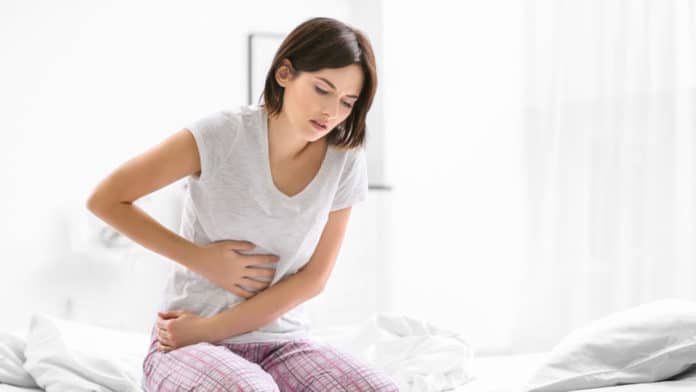Men and women experience pain differently. However, the mechanisms mediating this difference are unclear.
Scientists from the University of Arizona College of Medicine- Tucson in the Department of Pharmacology have revealed the reason why women may be more vulnerable than men to develop pain in general, as well as to develop pain from opioids specifically.
The reason is a neurohormone, prolactin, known for promoting lactation in expectant mothers in their final months of pregnancy and after childbirth.
The discoveries recommend new pain-management therapies targeting the prolactin system would enormously profit women suffering from functional pain syndromes.
Dr. Porreca says said, “Of all these female-prevalent pain disorders, migraines are among the most common, with about 35 million migraine patients in the United States, and three out of four of those are women. Also, in fibromyalgia patients, as many as nine out of 10 are women; for irritable bowel syndrome, three out of four are women. When you add up all those women with pain—if you can normalize that—this would provide a huge and important impact on medical care.”
“Many of these pain spells are intermittent and associated with triggering events. For instance, he and his colleagues found stress releases prolactin and unexpectedly promotes pain selectively in females.”
“These triggering events can be wide-ranging. They can include things like alcohol, fatigue, and sleep disruption. But stress is the most common trigger self-identified by patients. That’s where we started our studies—how does stress contribute to female-specific pain or female-selective pain?”
Edita Navratilova, Ph.D., an assistant professor of pharmacology, said, “Dopamine D-2 receptor agonist drugs that limit prolactin release, such as cabergoline, commonly are used for other diseases, and are not addictive. These drugs, possibly in conjunction with other classes of medications, may help treat those pain conditions in women more effectively without the addictive properties of opioids.”
“If we could just reduce the proportion of women who have migraines to the same amount as in men, that would be quite revolutionary.”
Primary authors on the paper include Yanxia Chen, a graduate student in Dr. Porreca’s lab; Aubin Moutal, Ph.D., a research assistant professor in the Department of Pharmacology, working in the lab of Rajesh Khanna, Ph.D., a UArizona professor of anesthesiology, pharmacology and neuroscience, who also is a co-author on the paper; and Edita Navratilova, Ph.D., an assistant professor of pharmacology.
The study is published in the journal Science Translational Medicine.
